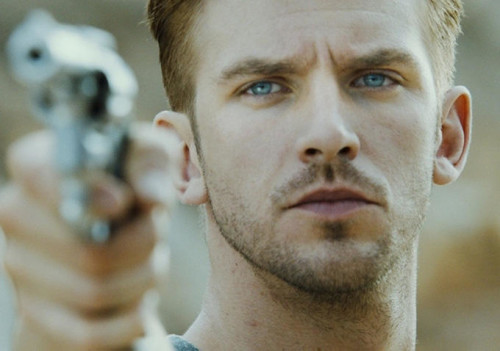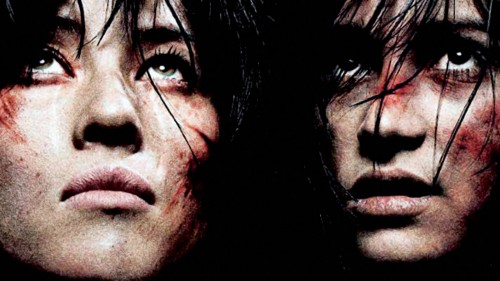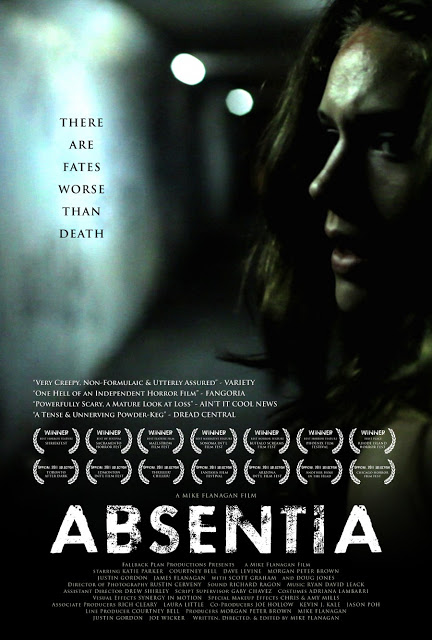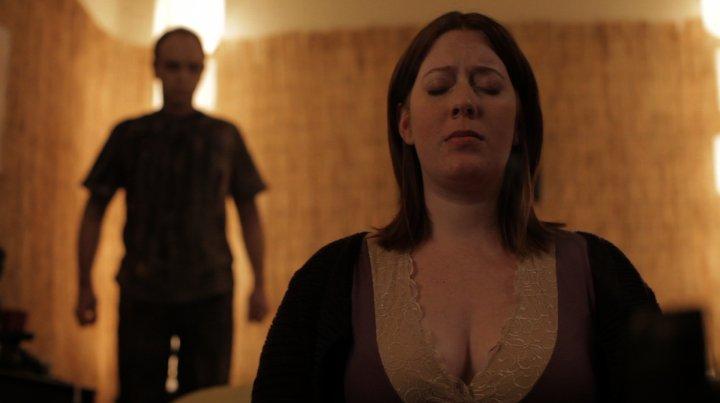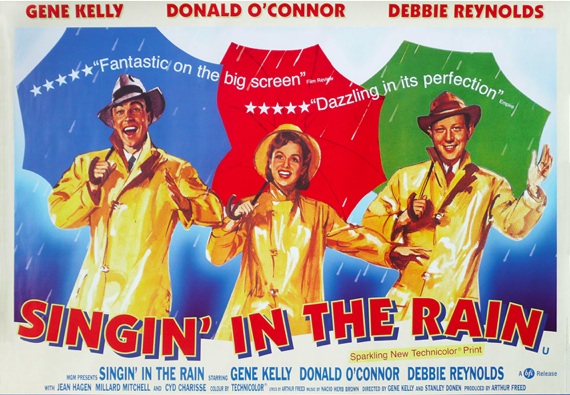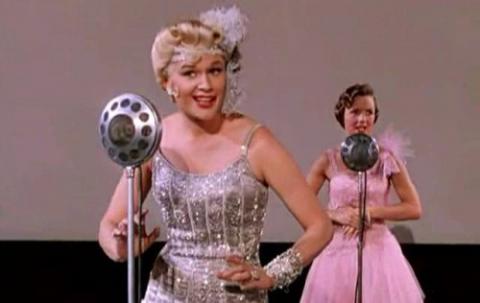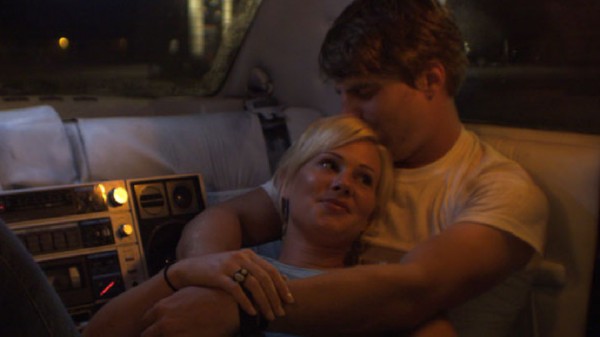This guest post written by Deirdre Crimmins originally appeared at Film Thrills and appears here as part of our theme week on Women in Horror. It is cross-posted with permission.
Pregnancy is weird. Outside of my cat obsession, I consider myself an entirely non-maternal woman, so the thought of having another parasitic organism living inside of me for a full 40 week freaks me out. But beyond my own hang-ups, horror has a strong tradition of using pregnancy to creep-out audiences too. From Rosemary’s Baby to Inside we can see that this notion is pervasive. (Don’t even get me started on the horror after the child arrives, but I digress.)
Antibirth is an interesting new slant on the horror of pregnancy. Lou (Natasha Lyonne) is a hard-partying loser who has little aim in life. She lives on the edges of her crummy town in her deceased father’s nearly abandoned trailer. Hey, it’s free! She has a few glimmers of wanting to make more of herself, or make more money at least, but as soon as she realizes those aspirations involve setting an alarm clock, she rips on her bong and lets the impulse pass. Lou cleans the rooms at the local motels — when she feels like showing up to work — and spends her nights stoned, drunk, or both. After a doozy of a party one night, Lou wakes up bloated and blacked-out. She can’t remember anything after a certain point the night before, but this does not seem particularly alarming or irregular to her. When her health takes a turn for the worse and her belly grows to nearly full-term pregnant overnight, she knows that something is up.
Always nearby Lou and helping her keep the party going is her best friend Sadie (Chloë Sevigny). To the casual observer Sadie has it together slightly more than Lou. She drinks and smokes less, and even owns a car. But Sadie’s involvement with their local drug trafficker, who may be involved in more nefarious ventures too, makes Lou look like the level-headed half of the duo.
Just as Lou is coming to terms with the fact that something may seriously be wrong with her a mysterious stranger shows up. Lorna (Meg Tilly) seeks out Lou and inexplicably knows more about Lou’s condition than Lou herself. What on Earth could be causing Lou’s rapidly swelling belly and bleeding nipples? Perhaps the cause is not of this Earth…
The first two thirds of Antibirth are excellent. The indulgent party scenes are richly shot and are reminiscent of the lush visuals from Spring Breakers and #Horror (which coincidentally features both Lyonne and Sevigny). Brilliantly, Lou’s character is far more complex than she seems on the surface. Though she is a partier, she is also smarter than she appears. It is clear, through Lyonne’s nuanced performance, that her self-medication is to cover familial issues and that she is well-aware of the repercussions of her actions. The body horror that takes place within Lou’s womb adds depth to her already multifaceted character.
The plot boogies along at a fairly good pace, that is, until Lou meets Lorna. At this point the film transitions from being a mix of partying and physical transformation to an overly articulated, plot-preoccupied conspiracy film. While I do appreciate the filmmaker’s intention behind creating an inventive and clearly explained plot, a little ambiguity and some heavy visuals could have taken Antibirth much further.
Not a flawless film, Antibirth is still an interesting look at unwanted and unintentional pregnancy through the eyes of horror. The practical effects, subtle performances and interesting characters keep the film afloat, despite the plot’s best efforts to weigh it down.
See also at Bitch Flicks:
Inside: French Pregnant Body Horror at Its Finest
Rosemary’s Baby, Prevenge, and the Evils of the Trump Administration
Deirdre Crimmins is a Cleveland-based film critic who lives with two black cats, and her eternal optimism that the next film she watches might be her new favorite. She wrote her Master’s thesis on George Romero and still loves a good musical.





